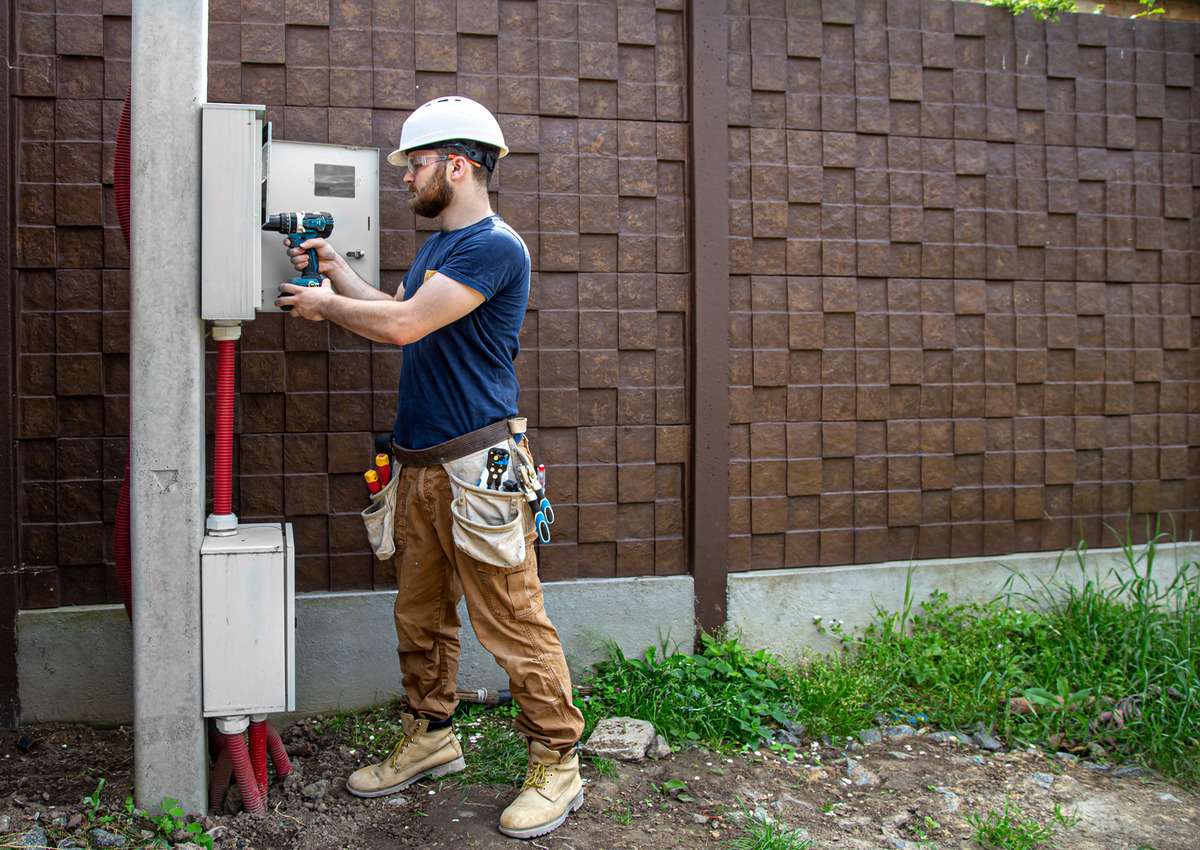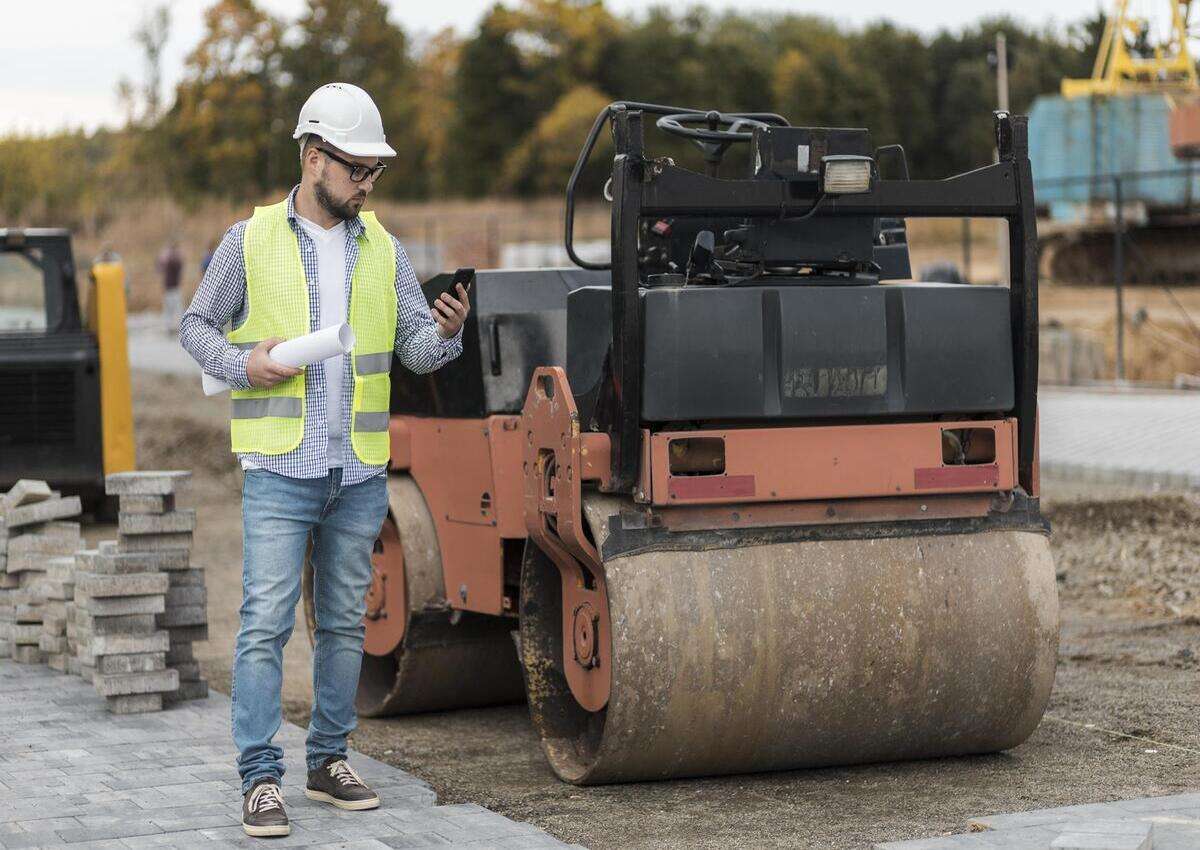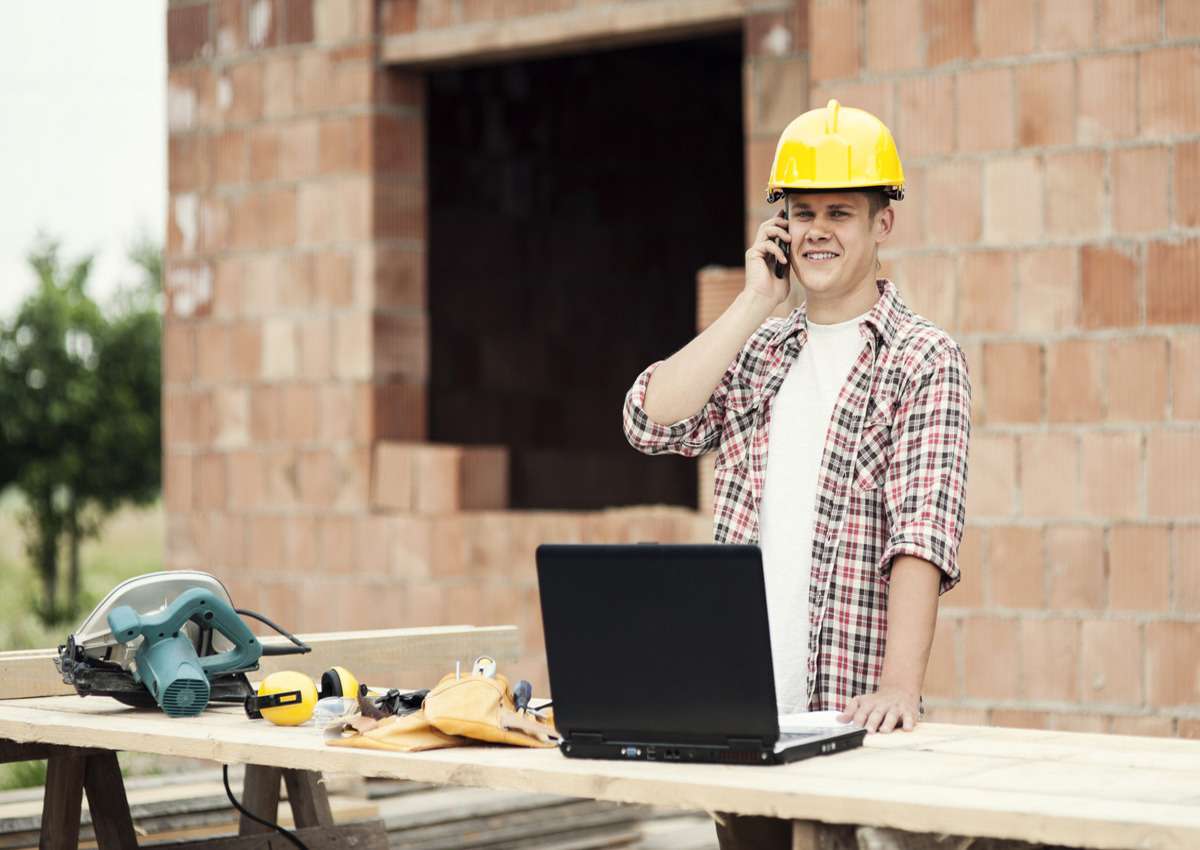Metal buildings, including metal barns, can be a substantial investment and an exciting addition to your property. Proper site preparation is critical not only to ensure a smooth installation process but also to secure the long-term viability and functionality of your structure. This comprehensive guide covers all steps and considerations for preparing your site, from decision-making to utility installation, ensuring that your metal barn stands strong and serves its purpose effectively.
Decision Time: DIY or Professional Help?
Firstly, decide whether to take on the project yourself or hire professionals. If you have experience with construction projects and access to the necessary tools, a DIY approach could save you money. However, professional installers bring expertise, specialized equipment, and potential warranties that protect your investment. Consider your skill level, the complexity of the installation, and the time you can commit to making an informed decision.

Navigating Local Building Regulations
Understanding and complying with local regulations is crucial:
Permits
Most localities require permits for new constructions, including metal barns. Contact your local government to find out what is needed.
Zoning Laws
Ensure that your land is zoned for the type of structure you intend to build. There may be restrictions on the size or type of building structure allowed.
Building Codes
Adhering to building codes ensures that your structure is safe and compliant. These codes can affect everything from the barn’s design to its materials and electrical installations.
Selecting the Ideal Location
Choosing the right location on your property involves several critical factors:
- Topography: Choose a site that is naturally dry with good drainage. Avoid low areas prone to flooding.
- Orientation: Consider the sun’s path and prevailing winds. Positioning your barn for optimal light exposure and wind resistance can enhance working conditions and reduce heating or cooling costs.
- Proximity to Utilities: Access to water, electricity, and other utilities should be considered. The further you are from connections, the more expensive it will be to install necessary utilities.
- Ease of Access: Make sure the location is accessible for delivery of materials and the daily operation of the barn. This includes road access for heavy vehicles and clear pathways for easy entry and exit.

Installing Utilities
Proper utility setup is essential for functionality:
Electricity
If you plan to use power tools, lighting, or other electrical devices in the barn, installing electrical wiring is a must. Consult with a certified electrician to ensure safe and adequate electrical service.
Water
For barns that will house animals or require significant cleaning, having a water supply is crucial. This may involve extending your existing water service or installing new lines.
Sewage and Drainage
Consider the need for sewage lines if your barn will have bathroom facilities. Additionally, ensure that your site has adequate drainage to handle water run-off from the barn area.
Internet and Phone
If you need connectivity in your barn for business or communication, think about extending your phone or internet service to the site.
Preparing the Foundation
A robust foundation is essential for the stability of your metal barn:
- Concrete Slab: This is the most popular foundation for metal buildings. It provides a stable, level base that supports the weight of the structure.
- Piers: In areas with uneven terrain, a pier foundation can elevate your barn, providing stability and protection from moisture.
- Gravel: For smaller or temporary structures, a gravel base can suffice. It’s less expensive than concrete and provides good drainage.

Preparing the Site
Before construction begins, thorough site preparation is necessary:
Clearing the Land
Remove all debris, trees, and bushes. The land should be as bare as possible to ease the installation process.
Leveling and Grading
The ground should be level to prevent uneven settling and water accumulation. Professional grading may be required for optimal drainage.
Soil Testing
Conduct soil tests to determine if the soil is capable of supporting the structure. Soil that is too soft may need to be compacted or replaced.
Planning for the Future
Think about not just your immediate needs but also potential future uses of the barn:
- Expansion: Allow room for potential expansion of the barn. Planning ahead can save you significant time and resources later.
- Customization Options: Consider features that might enhance the barn’s functionality, such as skylights, extra doors, or insulated panels or even making it multi-purpose by using it as a garage or for storage.
Ensuring Smooth Construction
- Schedule Wisely: Plan the construction during a season with favorable weather to avoid delays.
- Communication: Maintain clear communication with your builders or contractors. Ensure they have a detailed understanding of your expectations and the project requirements.
Conclusion
In conclusion, preparing your site for a metal barn installation involves meticulous planning and attention to detail across several domains. From securing the proper permits to ensuring that your site is accessible and utilities are well-planned, each step is crucial for a successful installation. Remember, the effort you put into preparing your site sets the foundation for a durable and functional metal barn that will meet your needs for years to come.
Whether you choose a DIY approach or hire professionals, understanding and adhering to local building codes, and considering future needs during the planning phase, will ensure that your barn is not only built to last but also adaptable to evolving requirements. Start your project on solid ground by following these comprehensive guidelines, and transform your vision into a reality.
FAQs
Do I really need a permit to install a metal barn?
Yes, most localities require a building permit for metal barn installations to ensure that all constructions meet safety and zoning standards. Check with your local building authority for specific requirements.
What is the best foundation for a metal barn?
The best foundation depends on your specific needs and soil conditions. A concrete slab is popular for its stability and durability, especially if you expect heavy use. Alternatively, piers can be used in uneven terrain, and gravel is suitable for smaller, less permanent structures.
How do I choose the right location for my metal barn?
Choose a location with good natural drainage, easy access to roads, and proximity to utilities. Consider the barn’s orientation for optimal sunlight and protection against prevailing winds.
Can I install utilities in my metal barn myself?
While it’s possible to handle some aspects of utility installation, tasks involving electricity and water often require professional handling to meet safety codes and ensure proper functionality. Hiring a professional is recommended.
What should I do to prepare the site before construction begins?
Clear the land of vegetation, rocks, and debris. Level the site and ensure it is graded for proper drainage. Additionally, consider soil testing to assess if further soil stabilization is necessary before construction.


